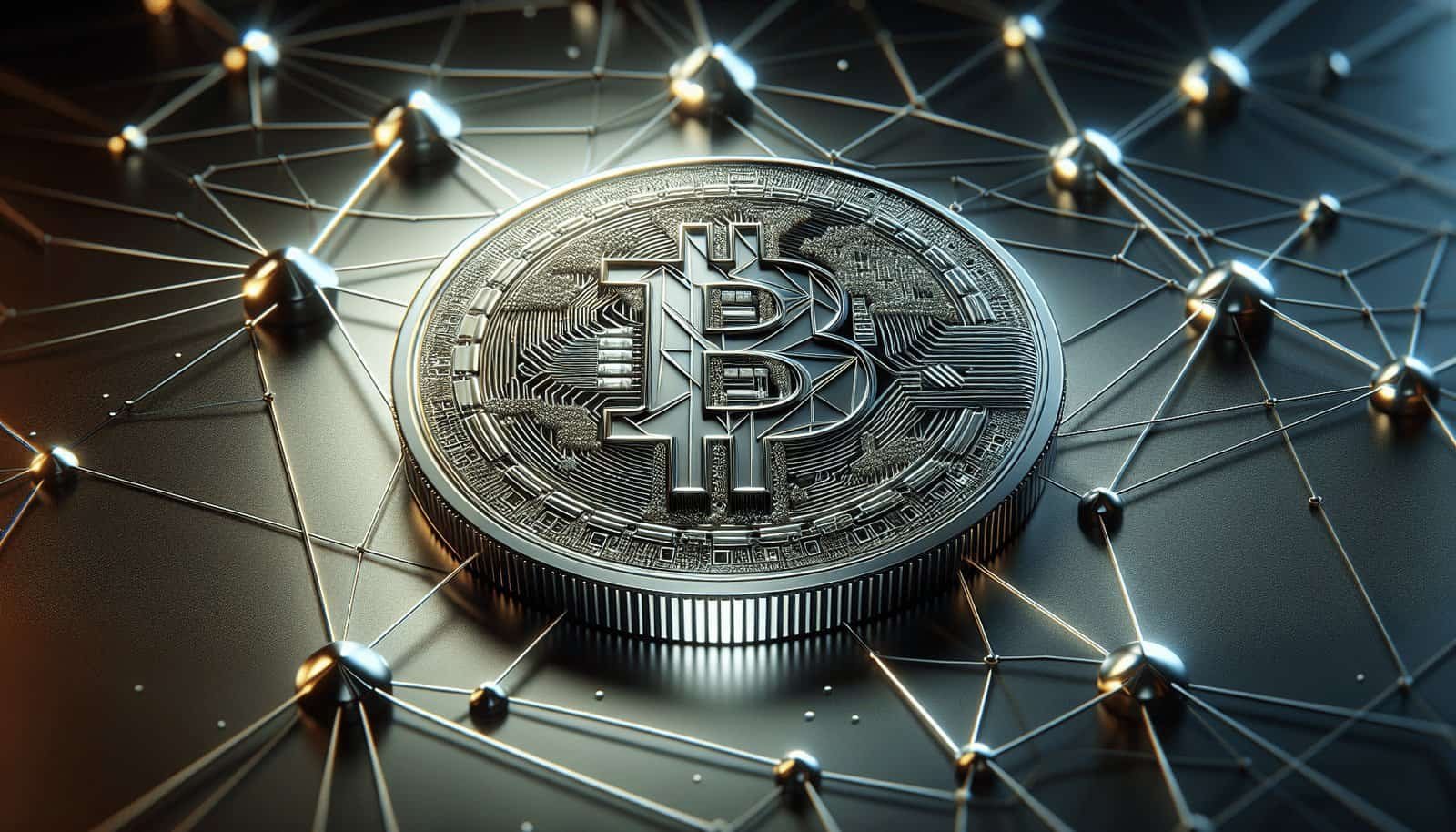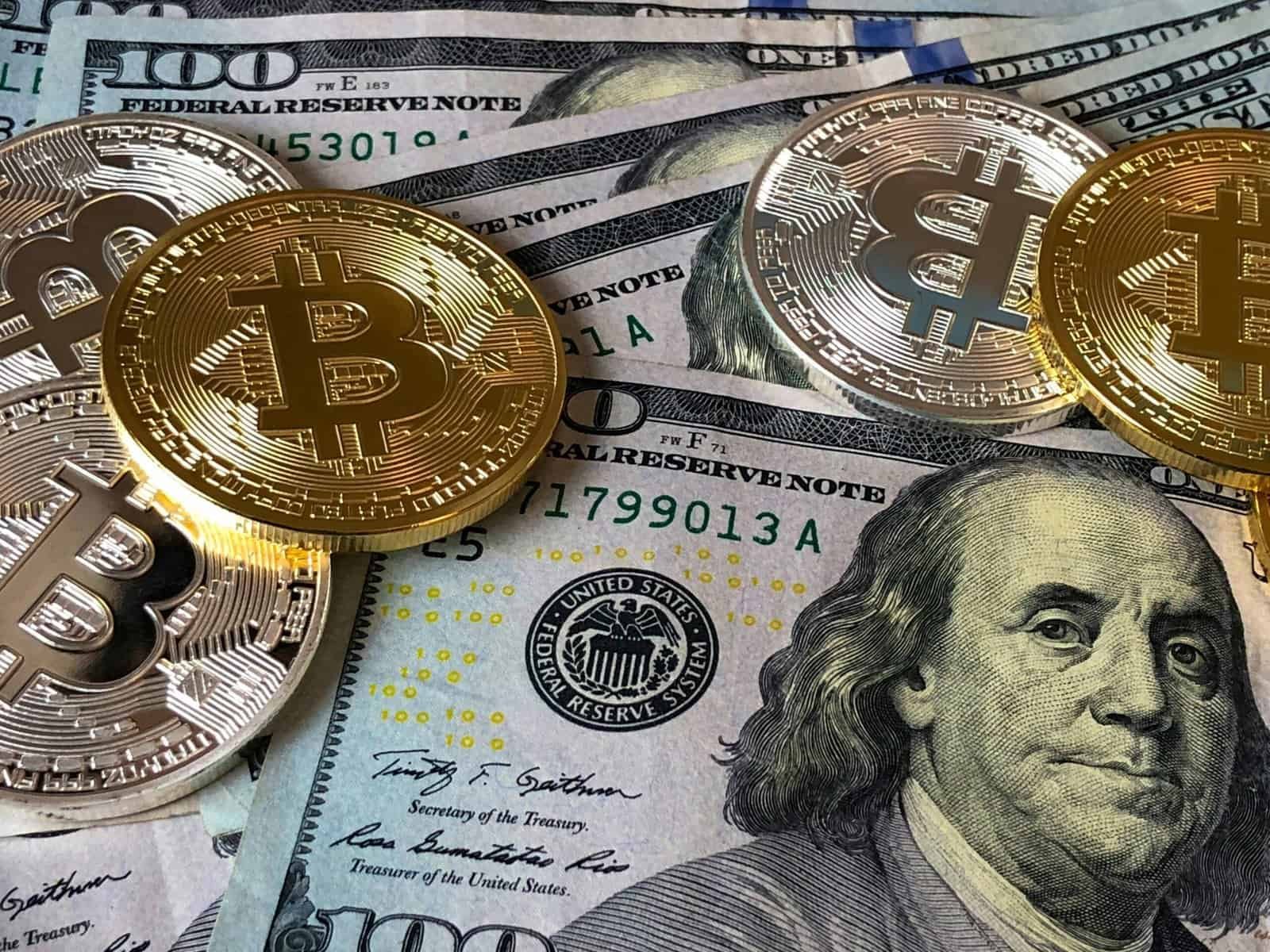Have you ever wondered what the future of social networks could look like? With the rise of blockchain technology and growing concerns about privacy and centralized control, decentralized social networks have emerged as a promising alternative. These platforms are powered by blockchain coins and tokens that enable new forms of interaction, governance, and reward systems.

Understanding Decentralized Social Networks
Decentralized social networks operate on blockchain technology, which means they are not controlled by a single entity. Unlike traditional social media platforms, where a central server manages all data, decentralized networks distribute this data across a peer-to-peer network. This approach offers increased privacy, security, and resistance to censorship.
Benefits of Decentralization
Decentralization brings several benefits to social networks by empowering users with more control over their data and interactions. Users are not at the mercy of platform-specific guidelines and arbitrary censorship. Moreover, there is the exciting potential of earning coins and tokens by contributing to the network, whether that contribution is through content creation, curation, or engagement.
Challenges to Overcome
Despite the potential, decentralized social networks face hurdles such as usability issues, slower user adoption, and regulatory challenges. The user experience can be complex, thus demanding technological savvy that could dissuade broad adoption. Furthermore, integrating enough features to compete with established networks while remaining decentralized is a balancing act that developers must manage.
Introducing Top Coins for Decentralized Social Networks
Various cryptocurrencies power these emerging networks. They serve not only as a medium of exchange but also as governance tokens, rewarding participants and sustaining the network infrastructure. Let’s explore some of the top coins making waves in this space.
1. Basic Attention Token (BAT)
Basic Attention Token is designed to revolutionize the digital advertising space by aligning advertiser interest with user attention. The token is integrated into the Brave browser, providing a decentralized digital ecosystem where users can opt in to receive ads in exchange for BAT tokens.
How BAT Works
Within the Brave browser, users can earn BAT by simply engaging with ads. This way, they become active participants in the advertising economy. Advertisers pay with BAT to have their ads displayed, and a portion of this payment goes to the users who view these ads.
2. STEEM
STEEM is the native token of the Steem blockchain, a decentralized social platform where users create and curate content. It’s an incentivized ecosystem that rewards users with STEEM tokens based on the popularity of their content.
Earning STEEM
Users earn STEEM by publishing posts and comments that receive upvotes. The community decides the value of content through voting, ensuring a communal and transparent reward system. This creates an engaging environment where quality content is valued and rewarded.
3. Deso (Decentralized Social)
Deso, standing for Decentralized Social, is designed from the ground up to power decentralized social networks. It enables developers to create social applications directly on its blockchain, providing users with better control over their content.
Features of Deso
Deso offers features like tip capabilities, follower-based rewards, and NFT support, making it a versatile platform for online social interaction. Its architecture enables endless possibilities for social apps, offering creators and adapters a rich and customizable experience.
Understanding Roles in Decentralized Networks
Decentralized social networks are collaborative ecosystems. Users play various roles to maintain the platform’s vitality, from content creators and curators to developers and moderators. Let’s break down each role and understand their contributions.
Content Creators
Content creators are the backbone of any social network. They produce the text, images, videos, etc., that add value to the platform. In decentralized networks, these creators can monetize their work through tokens, creating a symbiotic relationship between the network and its users.
Curators
Curators help filter and elevate quality content by engaging with the community through voting, sharing, and commentary. This role is crucial in decentralized platforms, as it directly affects the visibility and earnings of content creators.
Developers
Developers build and improve the blockchain protocols and interfaces that users interact with. They ensure the network remains user-friendly, secure, and efficient. In a decentralized environment, developers are often incentivized through tokens to innovate and enhance the platform.
Moderators
Moderators help maintain a respectful and productive community environment by enforcing rules and guidelines. They are essential for fostering a safe space for conversation and creativity, which is particularly important in decentralized networks that pride themselves on user empowerment.
Governance and Decision-Making in Decentralized Networks
Governance in decentralized social networks can vary. It involves processes and mechanisms that allow stakeholders to influence and make decisions about the future of the platform.
Token-Based Governance
Some platforms use a token-based governance model, where participants can vote on proposals using their tokens. This democratic process is supposed to reflect the will of the community. It’s a fundamental aspect of decentralization, ensuring everyone has a voice.
Off-Chain vs. On-Chain Governance
Governance can occur off-chain or on-chain. Off-chain governance happens outside the blockchain, relying on informal discussions and community consensus. On the other hand, on-chain governance uses smart contracts that automatically enforce decisions once the community reaches an agreement.

Comparing Decentralized Coins and Traditional Tokens
One way to grasp how decentralized social coins operate is to compare them with traditional tokens used in centralized platforms. Here is a table that highlights key differences:
| Features | Decentralized Coins | Traditional Tokens |
|---|---|---|
| Control | Distributed among community participants | Controlled by a central authority |
| Privacy | Enhanced through blockchain technology | Limited, often exploited for profit |
| Revenue Model | User-centered (curation, creation rewards) | Advertiser-centered |
| User Data | Owned and controlled by users | Harvested and stored by the platform |
| Development | Open-source, community-driven | Proprietary, closed development |
These differences underscore the revolutionary potential of decentralized platforms to transform not just social interactions but also economic models within social networks.
The Future of Decentralized Social Networks
The trajectory of decentralized social networks will likely intersect with broader tech trends such as Web3 and the metaverse. As technology advances, these networks could fundamentally reshape online interaction.
Integration with Web3
Web3 represents the next phase of the internet, characterized by decentralization and blockchain integration. Decentralized social networks are uniquely positioned to thrive in this ecosystem, offering connection without compromising user autonomy.
Potential in the Metaverse
The metaverse—a collective virtual shared space created by the convergence of virtually enhanced physical reality and physically persistent virtual spaces—could rely heavily on decentralized social networks to power social interaction. Coins for decentralized networks could facilitate commerce and socialization within these virtual worlds.

How to Get Started with Decentralized Social Networks
Embarking on your journey into decentralized social networks can be exciting. Here’s how you can start:
Choose the Right Platform
Research and choose a platform that resonates with you. Consider the features, community size, and coin/token economics. Platforms like Steem, Deso, and others each offer different benefits and user experiences.
Building a Presence
Participate actively. Start by engaging with existing content, commenting, and curating. Gradually, create and share your own content to contribute to the community’s wealth.
Securing Your Digital Assets
Remember to store your tokens securely. Use trusted wallets and understand the security features of the blockchain you choose to engage with. Following best practices in digital security will protect your coins and data.
Conclusion
As the internet evolves towards more user-centric platforms, decentralized social networks present a promising future. The coins supporting these networks not only incentivize user participation but also ensure the platforms remain democratic and innovative. While challenges remain, the potential benefits make decentralized social networks a compelling field worth exploring.
Do these networks appeal to you, and could they represent our social futures? As more people join the revolution, these platforms will continue to grow, redefine social media, and potentially empower you in ways we’re just beginning to understand.

